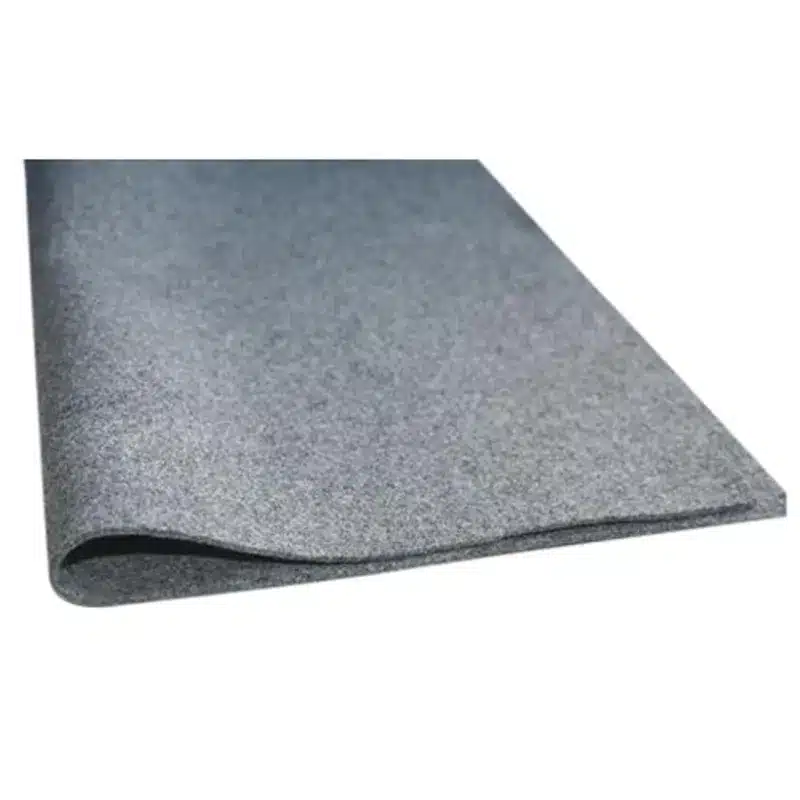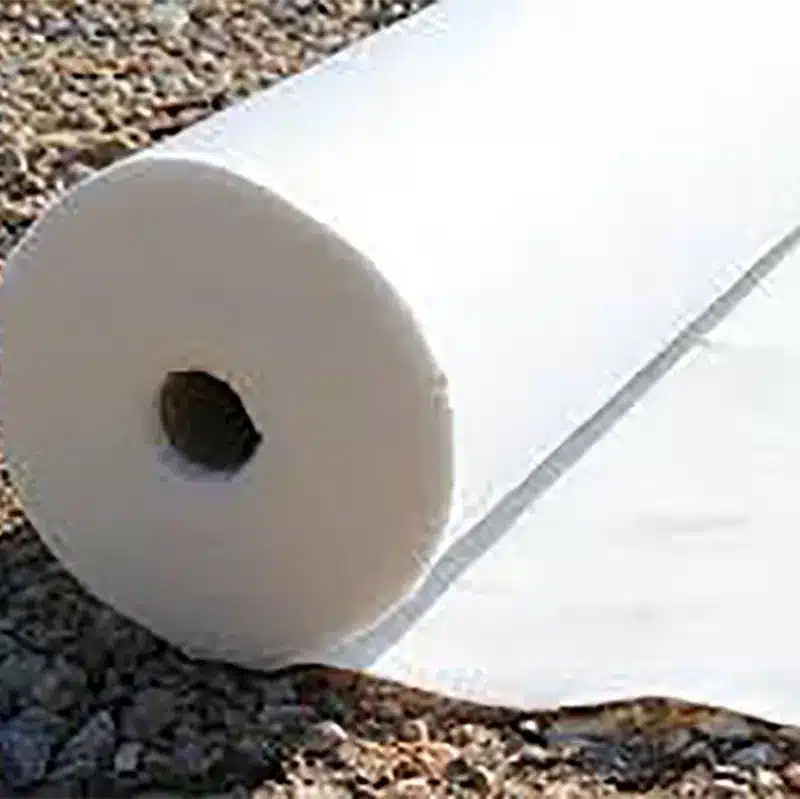+86-159 9860 6917
info@geofantex.com
geofantex@gmail.com
+86-400-8266163-44899
Hillside erosion is a natural process that can cause significant environmental and structural damage if not properly managed. As urban development expands and natural landscapes are altered, effective erosion control solutions become crucial. Among these solutions, geotextiles have emerged as a vital tool that can instantly reduce the erosion potential of disturbed soil and/or reduce or eliminate erosion on critical sites from wind and water. This article explores how geotextiles help prevent erosion, what they are made of, their durability, and their environmental impact.
How do geotextiles prevent erosion?
Geotextiles are synthetic fabrics used to stabilize soil on slopes and in areas susceptible to erosion. They work by providing a physical barrier that helps hold the soil in place, reducing displacement by water or wind. The permeability of geotextiles allows water to pass through, decreasing the water’s erosive power while retaining the soil particles, and evenly distributing water flow, and reducing surface runoff. This technology not only prevents loss of topsoil but also supports vegetation growth, which further stabilizes the area.

What is geotextile fabric for erosion?
Geotextile fabric is a permeable material made primarily from polypropylene or polyester, specifically designed to be used in soil-related applications. This fabric can help mitigate soil erosion and enhance stability. It is available in various forms, including woven, non-woven, and knitted types, each suited to different erosion control scenarios. Their use is prevalent in constructing retaining walls, embankments, and roadways, where maintaining soil stability is critical.
How long does geotextile fabric last?
The lifespan of geotextile fabric depends on several factors, including the material type, the environment in which it is used, and the physical stress it endures. Typically, woven geotextiles are more durable, with a lifespan ranging from 20 to 40 years under normal conditions. Non-woven fabrics are usually less durable but are chosen for applications requiring higher permeability. With proper installation and environmental conditions, geotextiles can effectively function for decades, sometimes lasting up to 20 years or even longer.
Does geotextile decompose?
Geotextiles designed for long-term erosion control are generally made from synthetic materials that do not decompose easily and do not decay under biological and chemical processes. This characteristic is crucial for providing sustained erosion control. However, for applications where environmental impact is a concern, biodegradable geotextiles made from natural fibers such as coir or jute are available. These natural geotextiles decompose over time but are generally less durable than their synthetic counterparts.
Geotextiles represent a sophisticated yet straightforward solution for managing hillside erosion. They provide essential stability to soil, promote vegetation growth, and can adapt to various environmental conditions, making them an invaluable tool in modern erosion control strategies. With options ranging from synthetic to natural fibers, geotextiles offer a flexible approach to preserving landscapes and preventing erosion in vulnerable areas. As technology advances, the efficiency and sustainability of geotextiles continue to improve, promising ongoing contributions to environmental management and infrastructure development.



Get Free Sample
We’ll respond as soon as possible(within 12 hours)





















